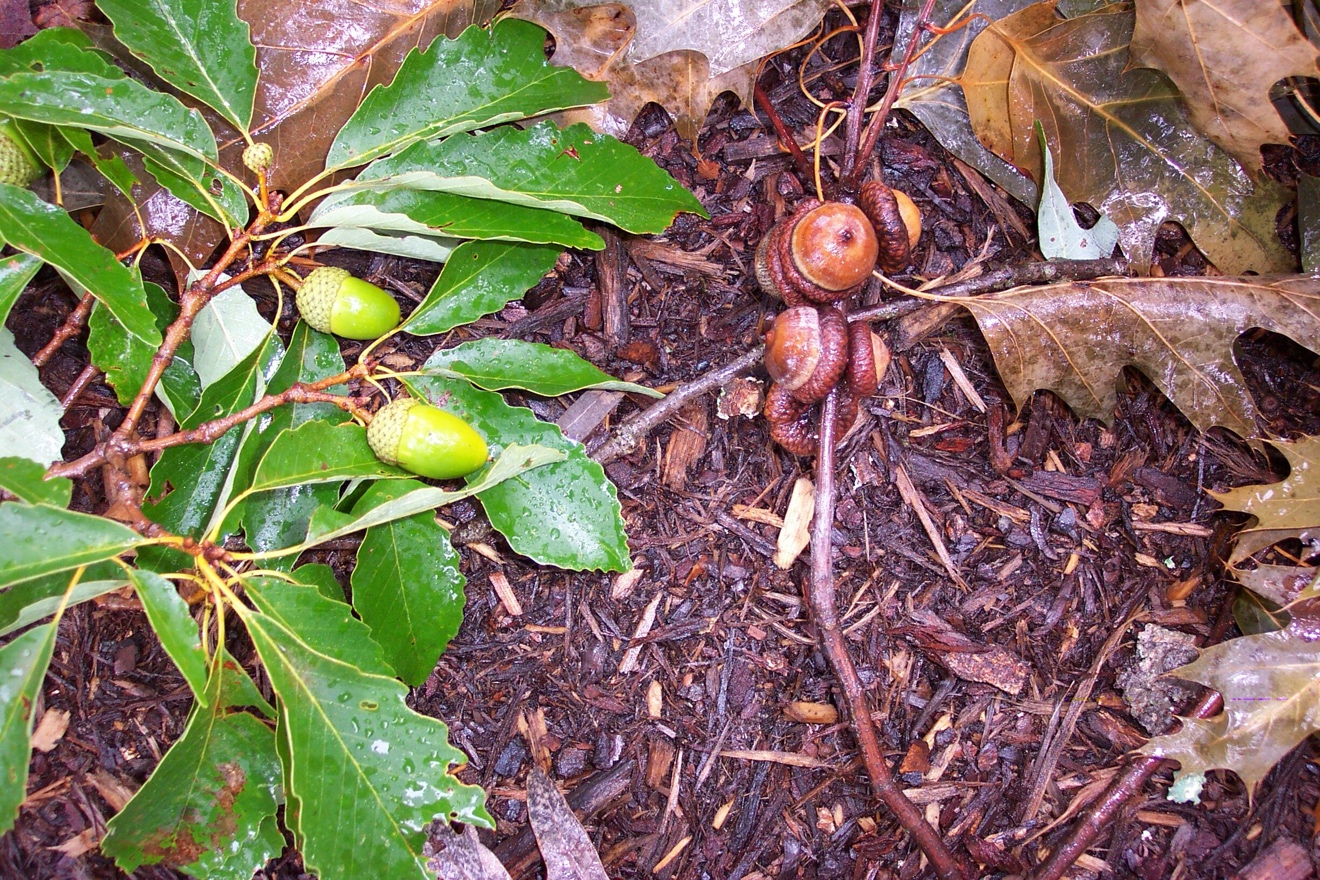Deer, bear and turkey hunters know that the annual acorn crop can be an important indicator of what kind of season lies ahead. Plentiful acorns often mean game doesn’t move around much to forage and hunting is more difficult. Scant acorns mean game will be moving around looking for them and alternative food sources, so the likelihood of seeing game is often greater.
W2 caught up with Katie Martin, a Deer, Bear & Turkey Biologist for the Virginia Department of Wildlife Resources (DWR) to find out what her survey efforts have revealed this fall about this nutty situation.
“Acorn production across the state in 2023 can be categorized overall as extremely poor for white oak and average to above average for red oak species. Based on the annual hard mast survey, white oak routes came in at an all-time low since survey data has been recorded in this manner (2007). Conversely, red oaks surveyed right at the long-term median, breaking a two-year low. White oak was generally poor (or nonexistent) across all sites and elevations this year with very limited pockets of average production, found primarily in the north piedmont region,” Martin noted.
She said that the lack of white oak acorn production was not unexpected after the above-average year of production in 2022. Now Martin did say red oak production was average or above average in all areas except for the southern Piedmont and Tidewater regions (which both fell well below the long-term average). While red oak acorns are not generally preferred by many wildlife species due to their tannin content (and size), in years of poor white oak production, these acorns will often be readily consumed, especially later in the season.
Martin said, “As with all years, acorn production is highly variable and very site dependent. Many routes had areas of ‘bumper’ mast production even if their overall site average was below average. This variability is due to many reasons (weather, insects, tree species), but for some of our survey sites we are probably approaching the biological end of production due to tree age. Unfortunately, finding “new” stands of mature oak in the 50- to 70-year age range is becoming more and more difficult due to aging forests and lack of sufficient regeneration. Replacing aging trees/survey sites could be quite a challenge moving forward.”
The annual hard mast survey has been an ongoing effort between the Virginia Department of Wildlife Resources (DWR) and many partner agencies for many years. Many of the mountain survey sites have been in place since the 1950s. In 2023, staff from DWR, the U.S. Forest Service, U.S. Fish and Wildlife Service, the Virginia Department of Conservation and Recreation (DWR)/Virginia State Parks, Virginia Department of Forestry (DOF), U.S. Department of Defense/Department of Military Affairs, National Park Service, and Smithsonian Conservation Biology Institute surveyed 33 hard mast production sites across Virginia. Sites are located across all regions of the state, although a majority are currently found in the mountains. Continued efforts are being made to add sites to the Northern Piedmont and Tidewater areas.
So what does all of this mean for hunters and wildlife viewers for the fall of 2023 in a wildlife biologist’s mind?
“Due to the lack of acorns across most of the state, many wildlife species will likely be more mobile throughout the fall in search of alternative food sources. This can make them more visible to both hunters and other outdoor recreationists in open fields, food plots, and other early successional habitats.
“Secondary hard mast sources such as hickory, beech, and chestnuts (primarily Chinese chestnut) were in abundance across much of the state as were soft mast species such as blackberries, blueberries, pokeberry, wild grapes, paw-paws, persimmons, dogwood and black gum fruits. This means many wildlife species should be fairly active throughout the fall in search of these food resources but will likely limit movements later in the winter to conserve energy as available food sources dwindle.”



